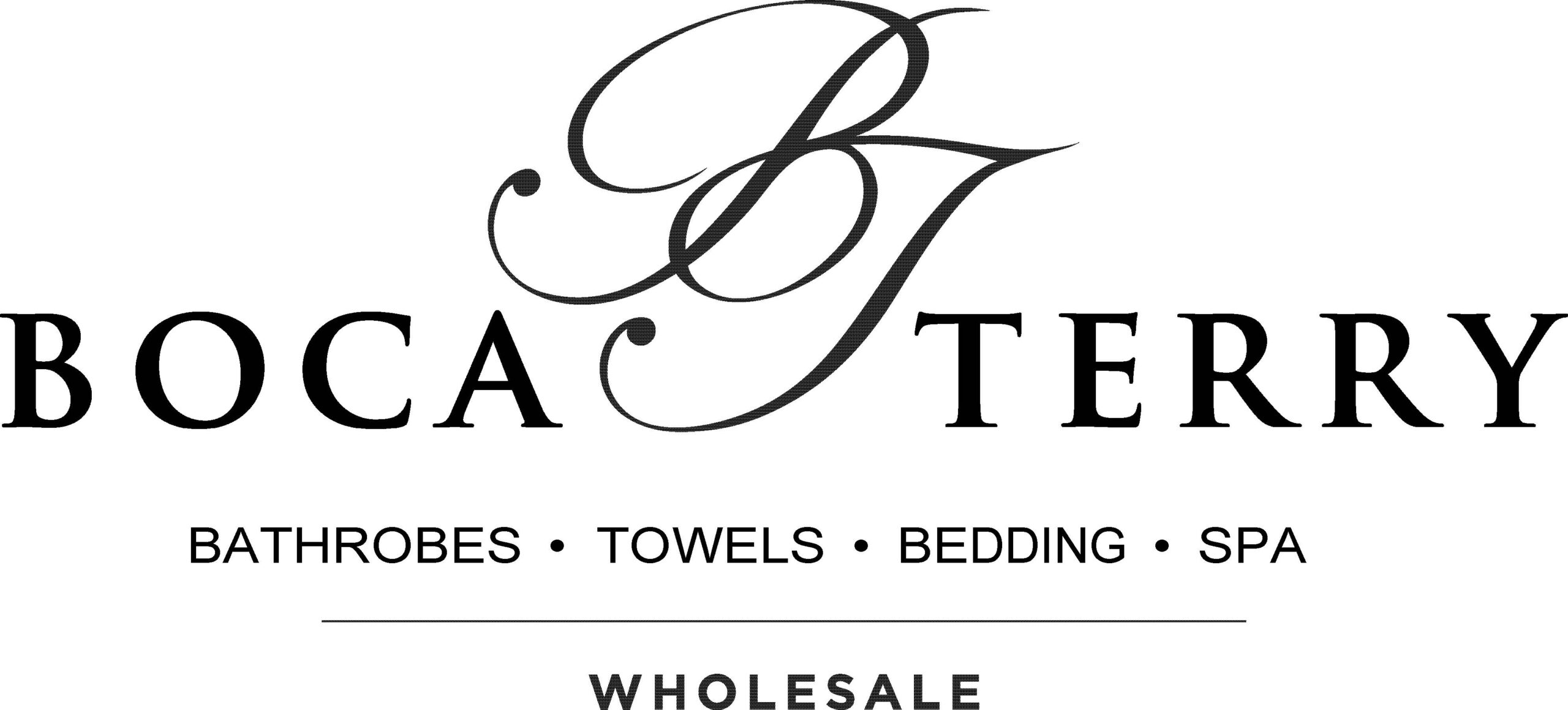 From our bathrobes to our bath towels to our 1,000 thread-count premium bed sheets, we encounter cotton fabrics on an hourly basis. It’s about time we got to know and appreciate cotton.
From our bathrobes to our bath towels to our 1,000 thread-count premium bed sheets, we encounter cotton fabrics on an hourly basis. It’s about time we got to know and appreciate cotton.
There are dozens of varieties of cotton fabrics, and each one has its own unique properties and ideal applications. To start, we’ve highlighted six highly common, commercially produced cotton fabrics below.
Organic Cotton
Just as luxurious as traditional cotton, certified organic cotton is manufactured under sustainable conditions. These particular farmers do not use chemicals or pesticides, so organic cotton has a smaller carbon footprint.
Egyptian Cotton
Characterized by long, thin, light brown fibers, Egyptian cotton is a fine, lustrous fabric. Egyptian cotton produces highly absorbent products, including bed sheets, pillow and cushion covers, and plush bath towels.
Turkish Cotton
Grown in the Aegean region and similar to Egyptian, Turkish cotton has extra-long fibers, resulting in smoother, stronger cotton threads. As a result, towel manufacturers use Turkish cotton in their softest, most absorbent towels.
Pima Cotton
Pima Cotton is a product from the American Southwest. Considered a superior blend of cotton, Pima has a distinguishable durability, thickness and absorbency. Therefore, manufacturers use Pima Cotton in bedding products, towels and apparel.
Velour
Perfect for evening and lounge wear, velour is a cotton or synthetic fabric with a notable luster and signature soft texture. Often mistaken for velvet, velour is actually a much more durable, pile knit fabric.
Terry
Terrycloth is often 100% cotton, though occasionally it’s a cotton-poly blend. Terrycloth fibers are woven into loops on a loom, rendering the fabric soft and plush. The cloth’s absorbency depends on the lengths of the loops; terry is often much more absorbent than a standard, non-looped cotton fabric.
